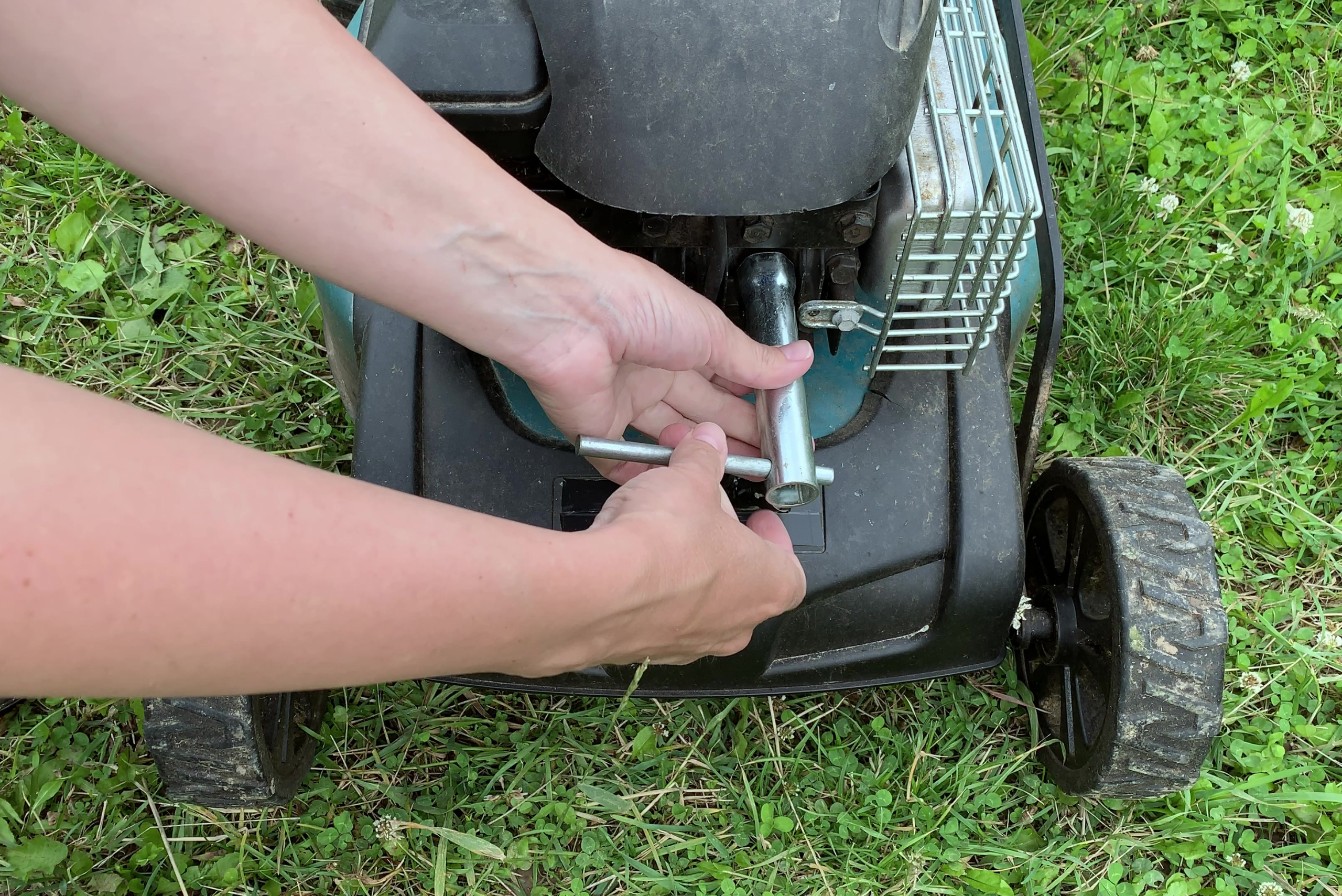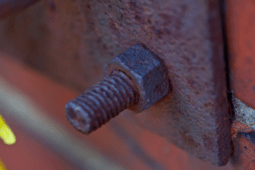How To Change The Oil, Spark Plugs, And Fuel Filter Of A Lawn Mower
Maintaining your lawn mower is essential for ensuring its longevity and efficiency. While some tasks might seem daunting, many can be handled easily with a little guidance. In this article, we’ll cover three critical maintenance tasks: changing the oil, replacing the spark plug, and cleaning or replacing the fuel filter. By following these steps, you can keep your lawn mower running smoothly and efficiently for years to come.
Changing the Oil
Why It’s Important: Regular oil changes are crucial for keeping your lawn mower’s engine running smoothly. Fresh oil lubricates the engine parts, reducing friction and preventing overheating. Over time, oil can become dirty and lose its effectiveness, leading to engine wear and tear.

Step-by-Step Guide:
- Prepare Your Mower: Make sure the mower is on a flat surface and disconnect the spark plug to prevent accidental starting.
- Drain the Old Oil: Locate the oil drain plug (usually found under the mower deck) and place an oil pan underneath. Remove the plug and let the oil drain completely.
- Replace the Drain Plug: Once the oil has drained, replace and tighten the drain plug securely.
- Refill with Fresh Oil: Refer to your mower’s manual to determine the correct type and amount of oil. Remove the oil fill cap, add the oil, and replace the cap.
- Check the Oil Level: Use the dipstick to check the oil level, ensuring it’s at the proper level. Add more oil if necessary.
Tips:
- Change the oil at least once a season or every 50 hours of use.
- Dispose of used oil responsibly by taking it to a recycling center.
Cleaning or Replacing the Fuel Filter
Why It’s Important: The fuel filter ensures that the fuel reaching your mower’s engine is clean and free of contaminants. A dirty or clogged fuel filter can restrict fuel flow, causing the engine to run poorly or not start at all.

Step-by-Step Guide:
- Locate the Fuel Filter: The fuel filter is typically found along the fuel line between the fuel tank and the carburetor.
- Remove the Fuel Filter: Use pliers to loosen the clamps on either side of the fuel filter and slide them away from the filter. Carefully remove the filter.
- Inspect the Filter: Check the filter for dirt and debris. If it’s clogged or dirty, it needs to be replaced.
- Install the New or Cleaned Filter: If you’re replacing the filter, install the new one in the same position. If cleaning, rinse the filter with clean gasoline and let it dry before reinstalling.
- Reattach the Clamps: Slide the clamps back into place and ensure the filter is securely attached.
Tips:
- Replace the fuel filter once a season or if you notice any signs of clogging.
- Always use the correct type of fuel filter for your specific lawn mower model.
Replacing the Spark Plug
Why It’s Important: A functioning spark plug is essential for starting your lawn mower and ensuring it runs efficiently. Over time, spark plugs can become dirty or worn out, leading to poor engine performance or difficulty starting.

Step-by-Step Guide:
- Locate the Spark Plug: Usually, the spark plug is on the side or front of the engine. Disconnect the spark plug wire.
- Remove the Old Spark Plug: Use a spark plug socket wrench to remove the old plug. Turn it counterclockwise to unscrew it.
- Check the Condition: Inspect the old spark plug. If it’s black, oily, or has a damaged electrode, it needs to be replaced.
- Install the New Spark Plug: Screw the new spark plug in by hand, then tighten it with the wrench. Be careful not to overtighten.
- Reconnect the Spark Plug Wire: Attach the spark plug wire securely.
Tips:
- Check and replace the spark plug once a season or after 100 hours of use.
- Keep a spare spark plug on hand for easy replacements.
Related Articles
- How to Clean Carburetor on Lawn Mower – Step-by-Step Maintenance Guide
- Topdressing Your Lawn Is The Best Way To Ensure Thriving Grass
- Step-by-Step Guide for How to Sharpen Lawn Mower Blades
By regularly performing these maintenance tasks, you can ensure that your lawn mower remains in top condition, providing reliable performance throughout the mowing season. With a little time and effort, you can tackle these DIY-friendly tasks and keep your lawn looking its best.
Ready to start your next project? Join our DIY community to receive tool tips, how-to guides, and exclusive creative insights. Subscribe to the ManMadeDIY newsletter now!







